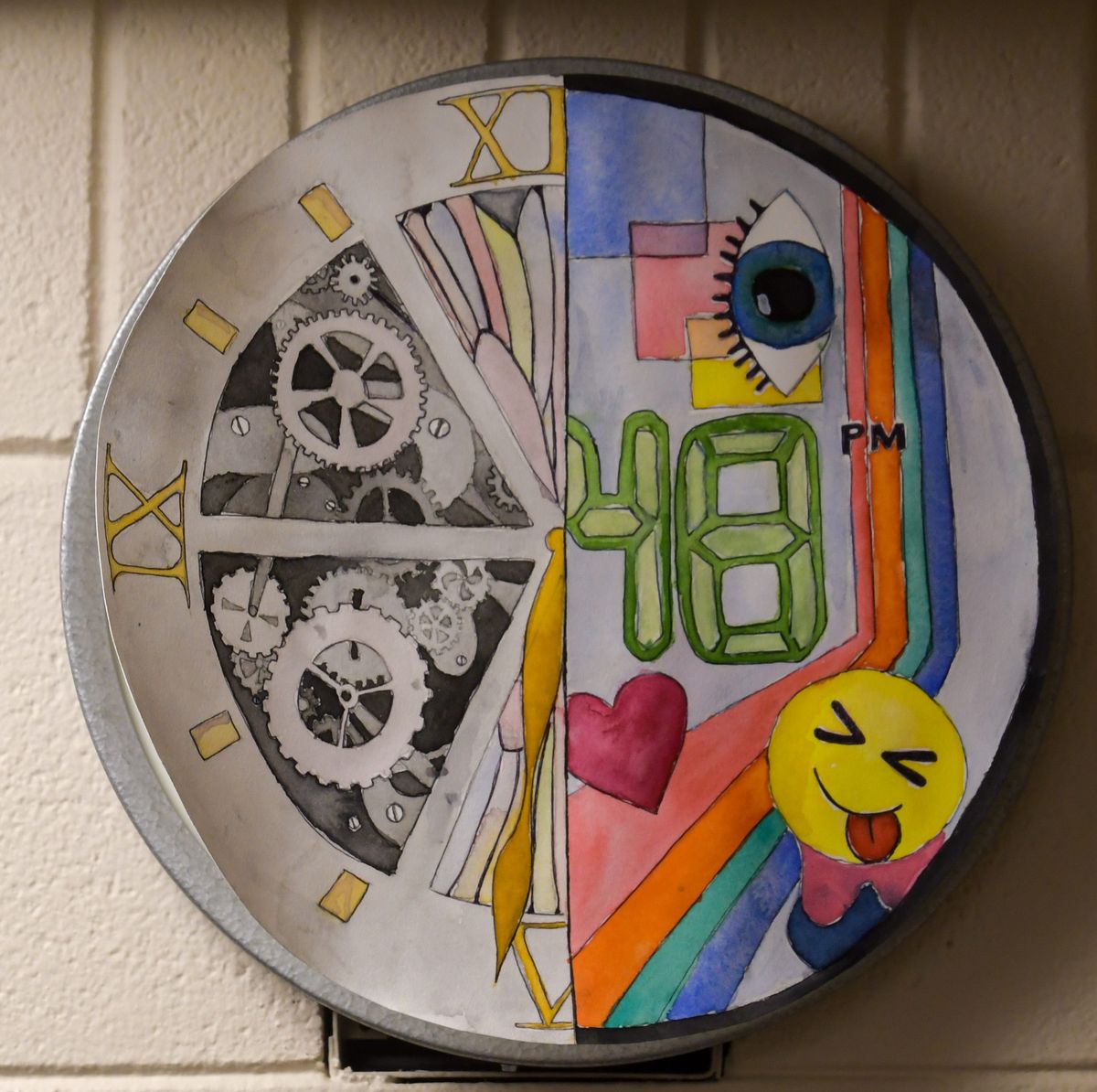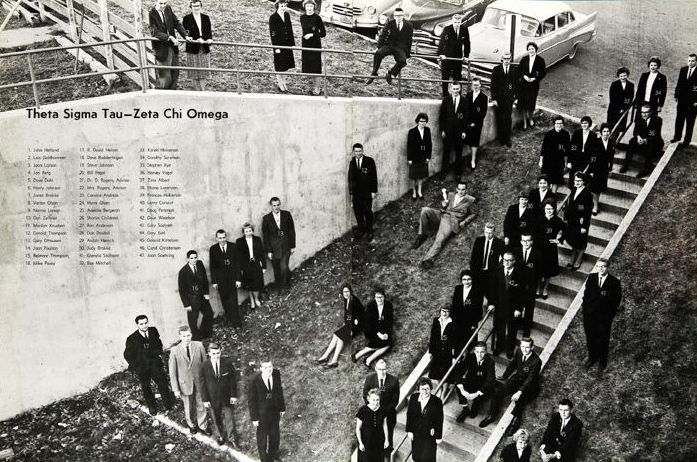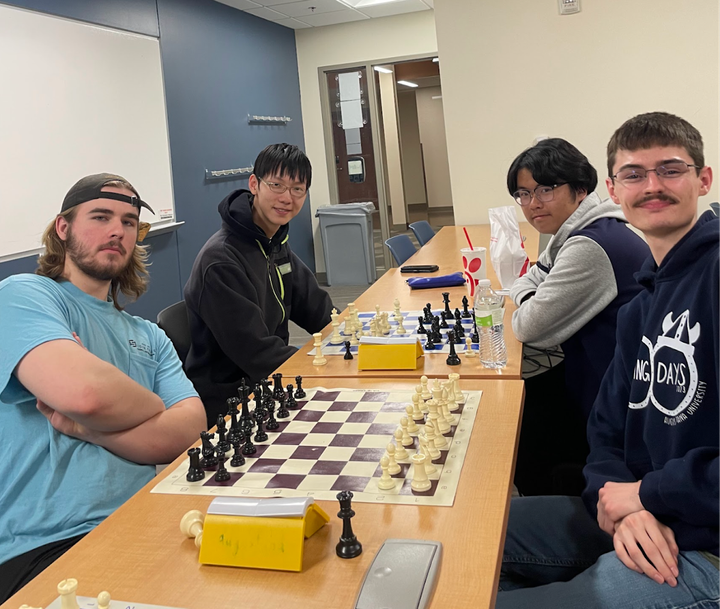Time stands still in Fryxell Building

The clocks in the Fryxell building seem to have minds of their own and never hold the correct time for long. Back in fall 2022, art professor Scott Parsons came up with a clever way to cover up the incorrect times and put the space to good use.
“There were so many days where I was thinking I was late or too early, so I thought, maybe we just need to cover these things up,” Parsons said.
Parsons enlisted the help of his Drawing I class to cover up the clock faces with pieces of original art.
When trying to incorporate the clock art idea into his lesson, Parsons noted how arbitrary the rules of time are.
“Who says the hands have to go this way, and who says it has to be one to 12?” Parsons asked. “And you have Leap Year, and as a kid, how do you explain Leap Year?”
Parsons wanted the clock assignment to make students see time in their own way.
“There were some really cool pieces where people would incorporate what time meant to them,” sophomore Vanessa Vaudrey, a student in Parson’s class, said. “Some people went for childhood and what reminded them of that. Some people went for the overall progression of time.”
All the clock pieces around the Fryxell show how students interpreted time differently.
Some students focused on less traditional markings of time, such as calendars, hourglasses and even moon phases. Others brought attention to the societal transition from analog grandfather clocks to more modern digital clocks. Ultimately, students succeeded in covering up the clocks with something much more thought-provoking than the wrong time.
The clock assignment took place around Halloween, so many of the pieces feature spooky elements. Vaudrey’s drawing showcases a woman dressed in 1920s attire, but part of her face as well as her arm give way to an underlying skeleton.
“I was thinking a lot about the aesthetics of the 1920s and how people in the past just lived and they didn’t know people were going to be looking back at them,” Vaudrey said.
For Parsons, this assignment held more value than simply covering up the broken clocks.
“We talked about larger notions of time,” Parsons said. “We looked at artists who play with time as an element in their artwork. I think it was a profound connection for students to be able to play with time.”
Unfortunately, several of the pieces are now missing from the clocks they used to cover. No one knows exactly what happened to the art, but Vaudrey said that some either fell off or were taken off by janitors. However, clocks in more secluded areas still display the art.
Vaudrey’s clock art was among those that disappeared. While she was upset that her art was lost, she said it served as a lesson about the impermanence of time.
“We wanted to make people stop and look at the clocks that don’t work anyway and see art and think about time maybe in a different way,” sophomore Grace Bradley said.
Bradley said that the inspiration for her piece came from her time spent in the Boundary Waters wilderness area in Minnesota this past summer, where days felt longer than normal.
“It was a very big disconnect from time,” Bradley said.
Bradley tried to reflect this concept in her art. She made three of the hours on her clock much larger, to represent the summer months. The rest of the time on the clock is squished together, showing how distorted time felt while in the Boundary Waters.
Both Bradley and Vaudrey said the publicity of the art added an interesting layer to the assignment. They both said that adding more public art displays to Augustana would be a great way to spruce up some of the duller areas on campus.
“If you go in the art wing, there’s art on the walls,” Vaudrey said. “It’s everywhere, and it’s really pretty, but the campus is a little dry. The statues and stuff are cool, but to have more public art installed would be amazing because it adds personality and character. The clocks were fun because it was novel, and people weren’t really expecting it.”
Although not every piece is still on display, clocks on the third floor of the Fryxell building and in the art wing still preserve the memory and talent of Parson’s Drawing I class.



